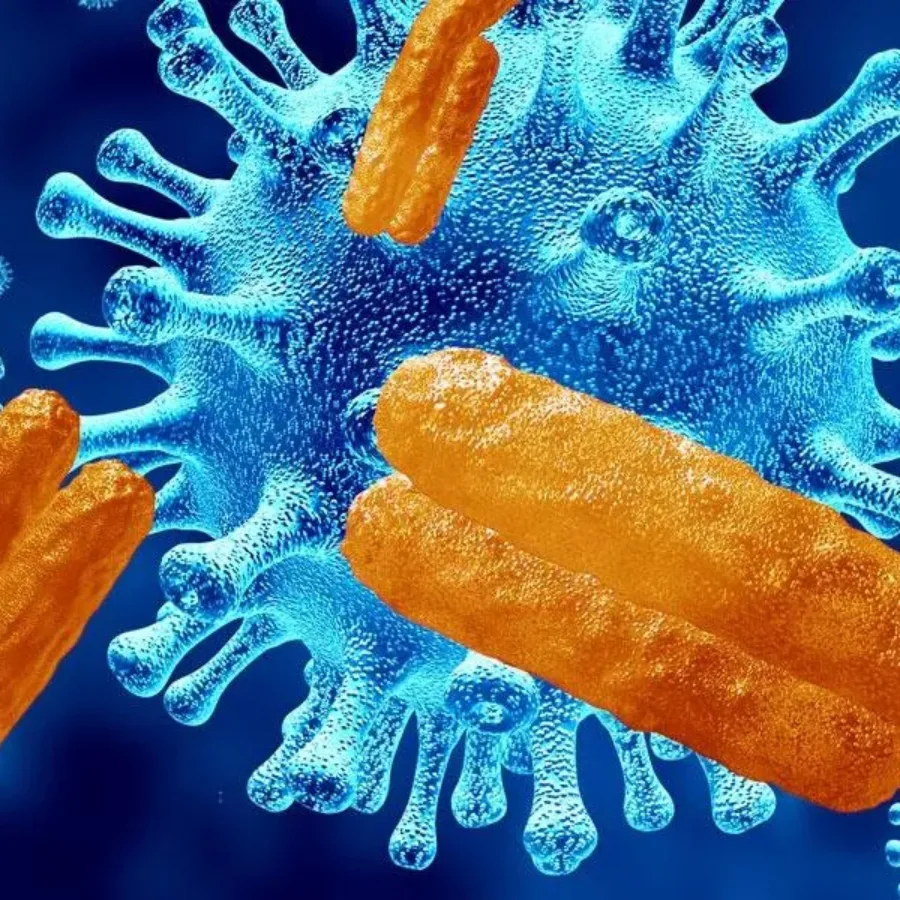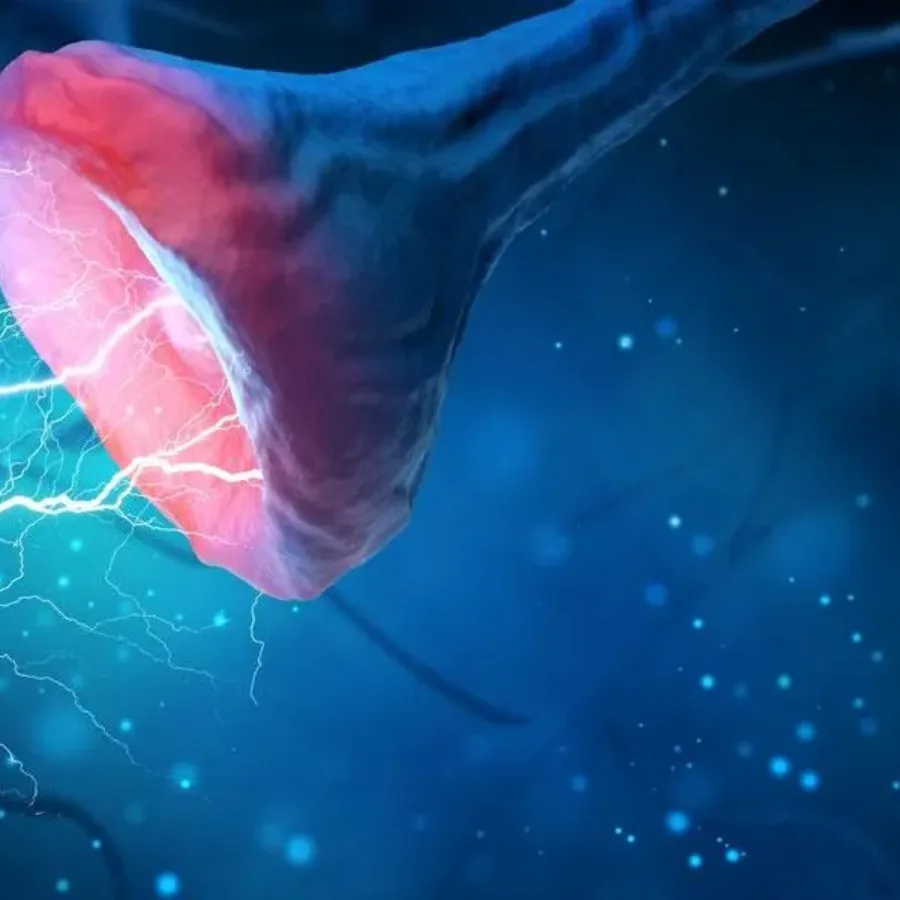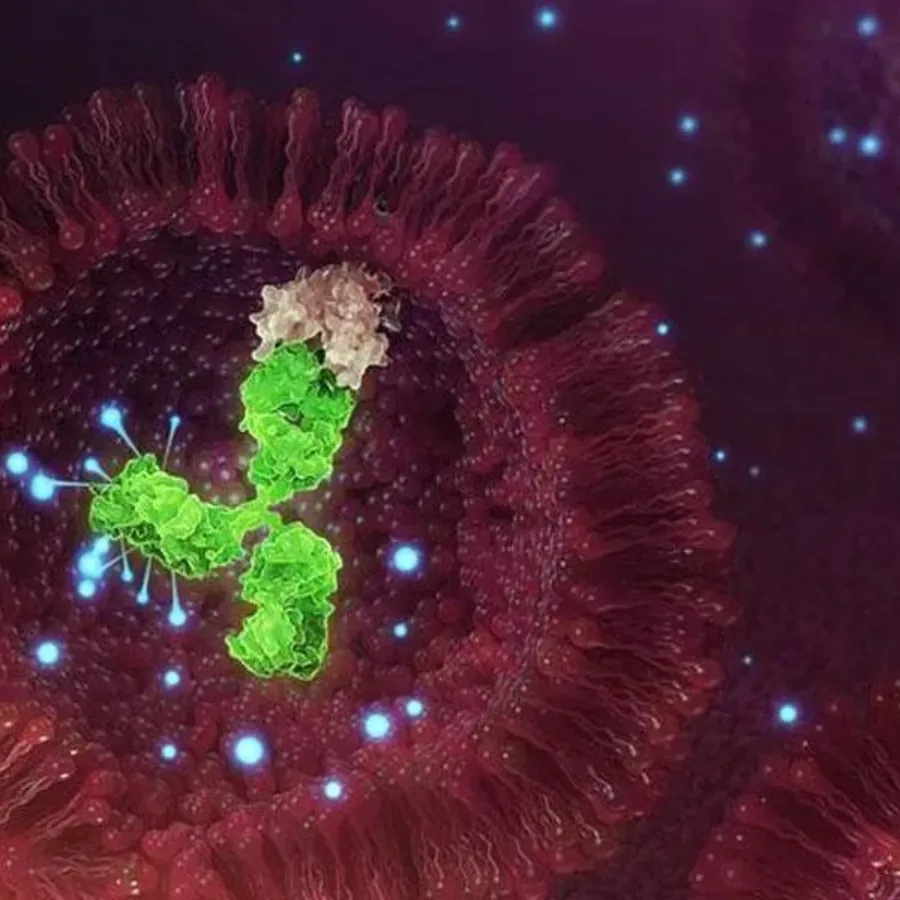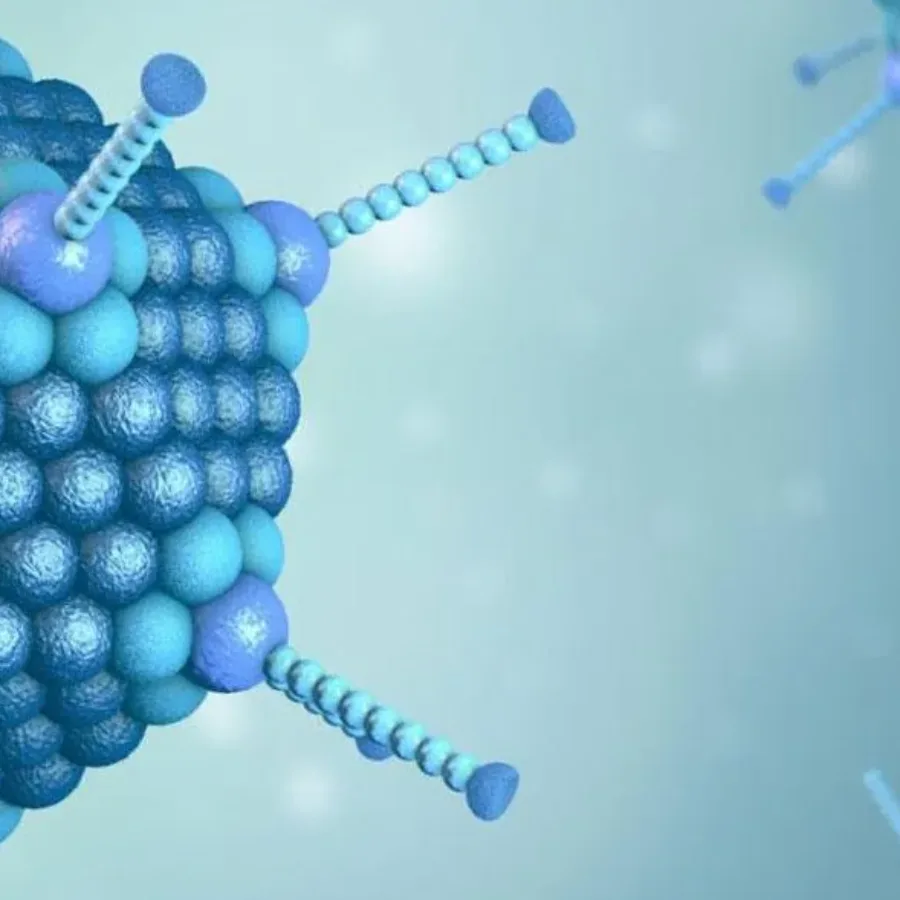 Blogs
Blogs
Biologics are drugs derived from complex molecules like antibodies. Over the last two decades they have re-emerged as…
 Blogs
Blogs
As with the lineup of equine subjects above, cell populations can take similar forms and act the same in a lot of ways – but to the trained eye, there are clear…
 Blogs
Blogs
In the world of scientific research and development, certain analytes pose unique challenges that require specialized expertise to overcome. Oligonucleotides, a class of analytes consisting of short DNA or RNA sequences, are notorious for their complexity and demanding nature. With their increasing importance in the…
 Blogs
Blogs
Business Wire – May 24, 2023 11:00 AM EST – In an effort to continue providing the…
 Blogs
Blogs
Clinical research carries significant risks and numerous obstacles that must be overcome to achieve success. Identifying the ideal Contract…
 Blogs
Blogs
Neurodegenerative diseases affect millions worldwide. Fifty million people are living with Alzheimer’s disease or other dementias. Although Alzheimer’s disease is one of the most recognized, it is just one of many neurological disorders, such as Multiple Sclerosis, Parkinson’s, or Huntington’s disease. These conditions lead to a…
 Blogs
Blogs
ICH M10 (International Committee of Harmonization Multidisciplinary guideline) provides guidance on bioanalytical method validation and study sample analysis for the measurement of chemical and biological human drugs and their metabolites in biological samples. Such pharmacokinetic/toxicokinetic data serve as the basis for regulatory decisions on the safety, dosage, and…
 Blogs
Blogs
Being that it is a relatively “niche” segment of the industry, there are several key areas that need to be considered in the field of molecular services related to cell and gene therapies. First and foremost, it is important to recognize that regulatory guidelines within this field are…
 Blogs
Blogs
Anyone who has been following KCAS for any amount of time has likely heard us discuss the advantages of Hybrid LC-MS/MS for the bioanalysis of large molecules. As pioneers in the technology for many years, KCAS has become a strong proponent of working with our customers to demonstrate the quality…
 Blogs
Blogs
Understanding the interactions between drugs and biological systems is critical for the success of a new drug. One key tool in this process is functional assays. Functional assays are customized assays that evaluate the impact of drugs on the functionality of cells. They test for a drug’s specific biological mechanism…
 Blogs
Blogs
In 2022 we had 42 FDA Drug Approvals and 3 were Gene Therapies using a viral vector. 2 of the approvals in 2022 were AAV based. The third is manufactured by adding functional copies of the transgene to the patient’s own Hematopoietic Stem Cells (HSCs)…
